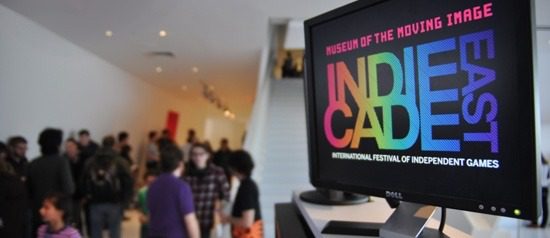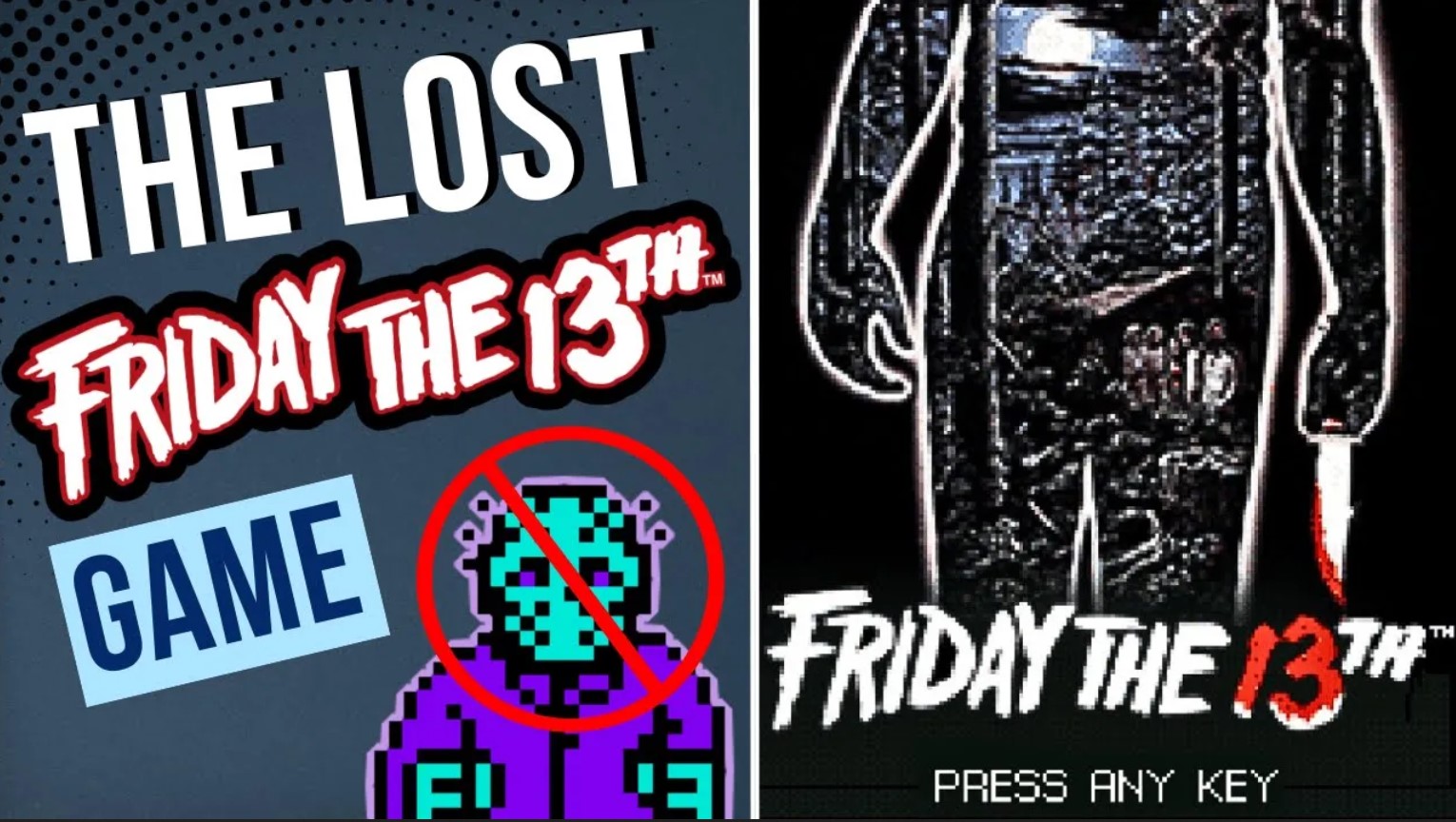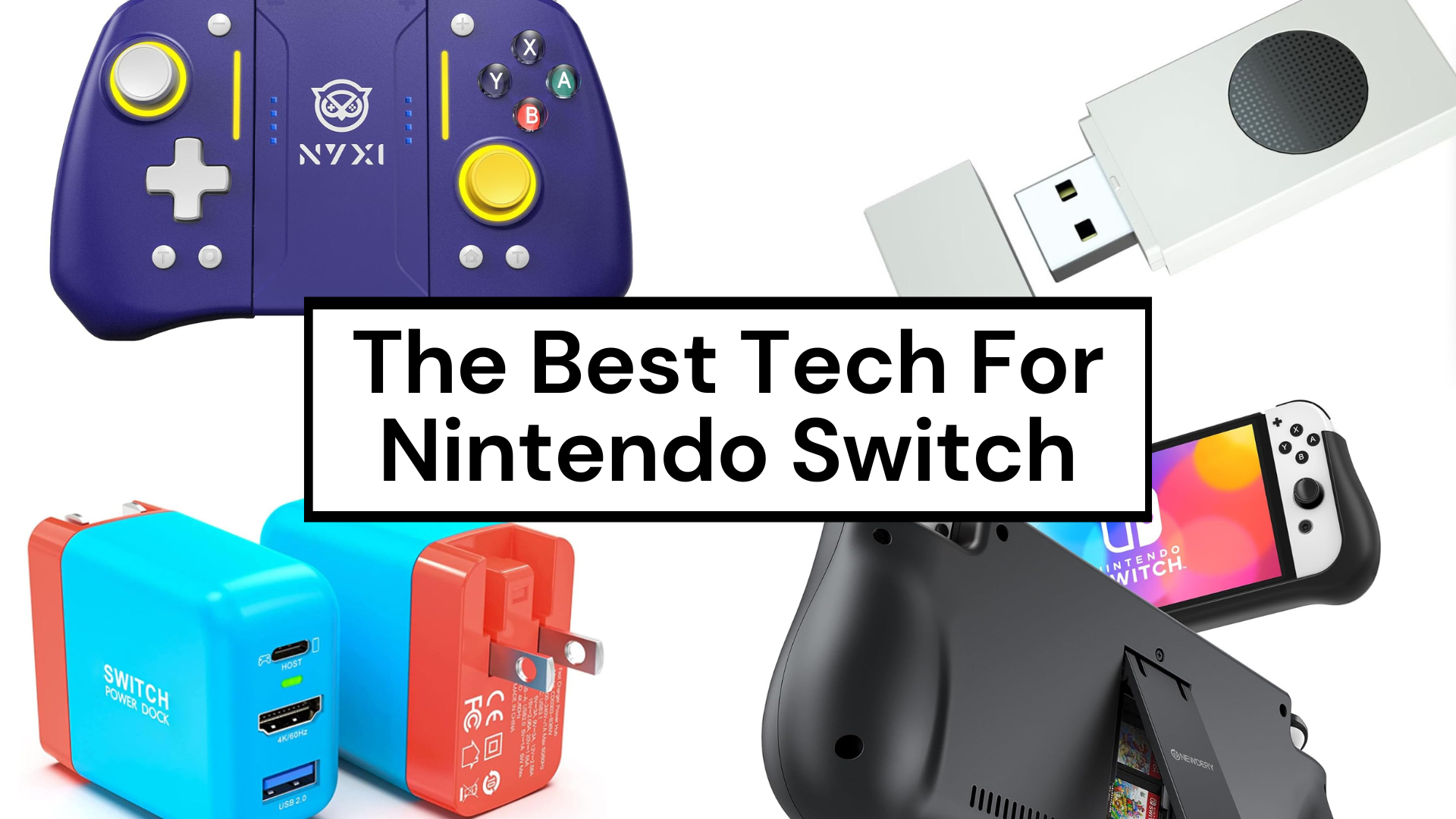Toward the end of last year I got to check out IndieCade in Culver City, CA, “the biggest independent game celebration in the nation.” Which makes it sound like it should have been a bit more than a few hundred nerds hanging out in a parking lot. But all the same, I was happy to once again be among my people. Pavilions and big screens lined the perimeter, with showings from heavy hitters like Nintendo’s “nindies” down to lone neck-bearded developers’ thesis projects from some gaming program (good luck with that degree).
Let’s start with the 800 pound gorilla: the Oculus Rift. Or as developers see it, the savior of virtual reality (after it had been brutally murdered by Nintendo’s power glove in the late 80’s). Oculus dev kits have been available since 2012, but this was my first time actually strapping it on. And holy shit you guys, I can see why Zuckerberg shelled out two billion for the rights to this beautiful piece of technology. Hi-def screens for each eye, plus 6-axis rotation and position tracking means a 360 degree 3D environment you can look at, and move in, from any direction. Expected to be released in 2015, the Oculus is going to change the way we see the virtual world.
The next item on my personal tour of life-changing technology is the Perception Neuron motion capture system. If the Oculus changes the way we’ll look at virtual space, Perception Neuron will change the way we move within it. This system can read the 3D location of anywhere from 1-30 motion sensing “neurons,” each 1 cm2 with its own gyroscope, accelerometer and magnetometer for 9-axis, super accurate translation of physical movement to digital data. The neurons can be strapped anywhere on the body from head to foot, including all ten fingers.
Neurons can also be strapped to props like guns or sports equipment (lightsaber, anyone?). It beats out current competitors like the Wii or Kinect by a longshot in any measure of accuracy and latency. This not only means a true 1:1 movement ratio for fighting or sports games (fuck you, Wii motion plus), but you could have your golf swing analyzed from multiple angles by a professional across the globe. Or a budding filmmaker could use it to bring a Gollum-like creature to life for a small fraction of Peter Jackson’s cost. Combine Perception Neuron with the Oculus Rift, and there’s a good chance you’ll never see me in real life again.
The popularity of the Ouya microconsole was one of the bigger surprises at the event. It’s been available since 2013, and was quickly overlooked by my PS4 and I. But every time I passed by the Ouya tent, there were four players on the couch having a fucking blast. Most of the games I saw were derivative of 80’s arcade hits like Joust, Bomberman, and Golden Axe, but that was part of the tiny console’s magic. It brought many of today’s gamers back to their roots with easy to learn, hard to master controls and old-school graphics to boot. At $99 for the console and about $5-$10 per game, it’s well worth it to bring friends together for some ol’ fashioned face-to-face shit talking.
Finally, an actual game. Since it was an all day affair, and I only got to see the Beer Garden Jam & Nightgames Party, I missed out on a lot of IndieCade. But from what I got to play, Andy Wallace’s Particle Mace was by far my favorite. The concept is simple: fly around and smash the particles trailing your ship into your enemies before they smash theirs into you. Graphics are obviously reminiscent of Asteroids, but with an Xbox controller the ships moved smoothly, with different choices for faster movement or bigger maces. I mostly loved the feel of the game. The strings attaching the particles had a bouncy, bungee cord feel, giving you the option of arcing the particles around yourself or abruptly changing direction to make them slingshot in front of you. Having no guns meant the action stayed close and frantic. At the end of the match, all four controllers were returned with at least a little sweat on them.
As a nice change of pace, gamers weren’t talking about yearly released franchises or who had the most realistic graphics. People passionate about making games were eagerly seeking feedback from people just as passionate about playing them. They even had a selection of board and card games, which helped emphasise bringing people to the same space and having fun together. A generally retro feel mixed with cutting-edge technologies and a decent sprinkling of weirdness makes IndieCade a sight to see for casual and harcore gamers alike. Check it out in February if you’re in New York, or back in California this October. Until then, game on.




